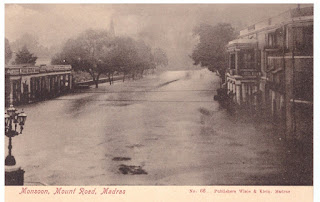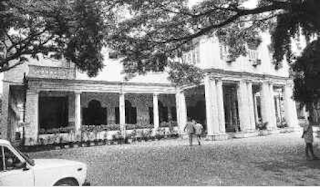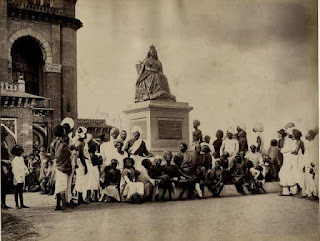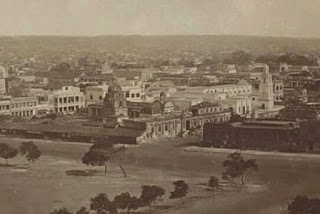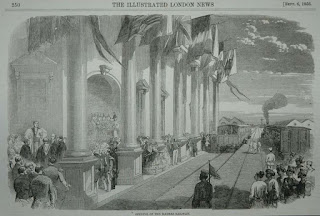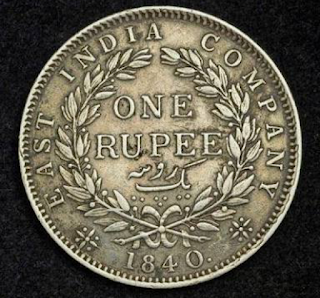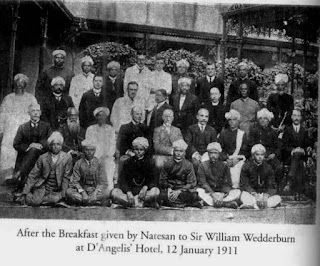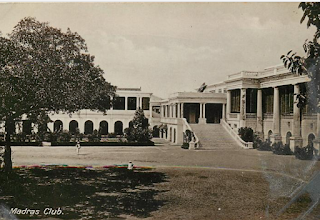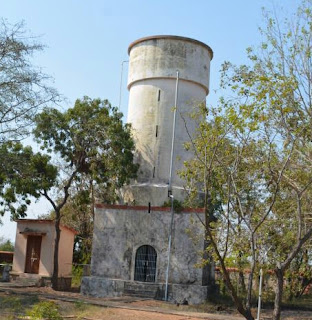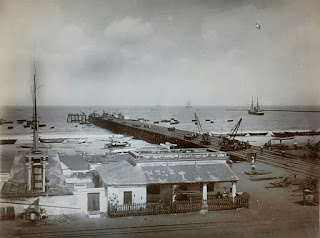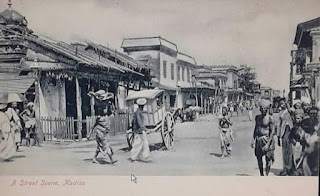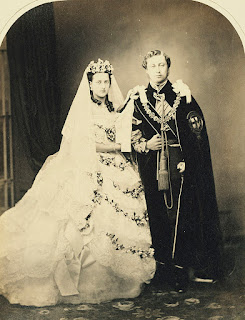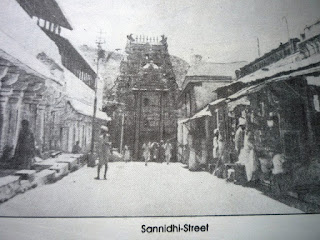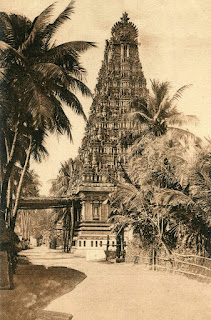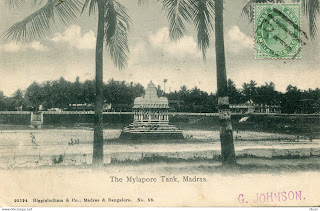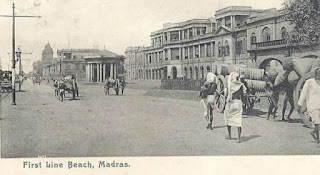Cosmopolitan Club 1873 This Club was started in the year 1873 as a gathering place for high and mighty Indians of the City of Madras with the English. Intially it had its premises at Moors Road, (Garden)Nungambakkam and shifted to the present place at Mount Road in 1882. The Office bearers of the Club in 1881 below shows a mix of Royalty the Maharaja of Travancore and Prince of Arcor being patrons, English men the President and Vice President and Miller of Christian College, George Town along with the Who's who of Madras of 1880s including Justice Muthuswamy Iyer, P.Vijayaranga Moodelliar of Thiruneermalai Temple Dharmakarta Clan, P.Venkatachalam Chetty , Bashyam Iyengar and W.S.Venkataramanjulu Naidu. It became only Indian Club in the last decade of 19th century. If you have to be somebody in Madras you need to be a member of the club then. The Justice Party and Dravidian movements leaders originated from the Club. Now
